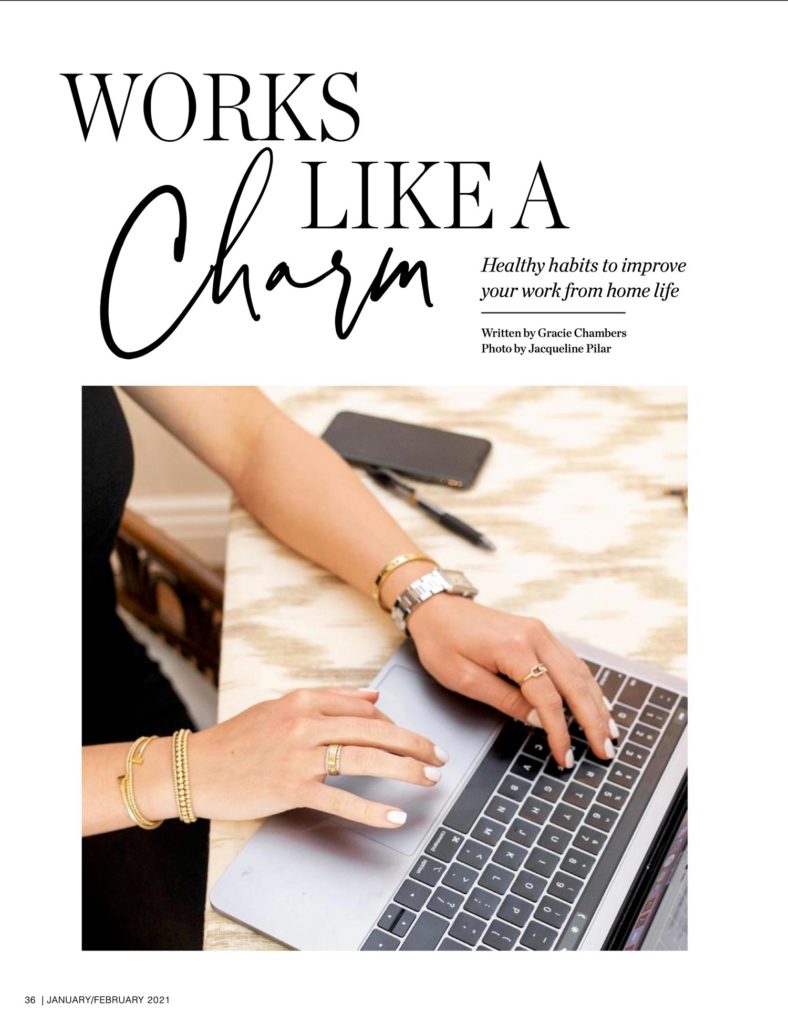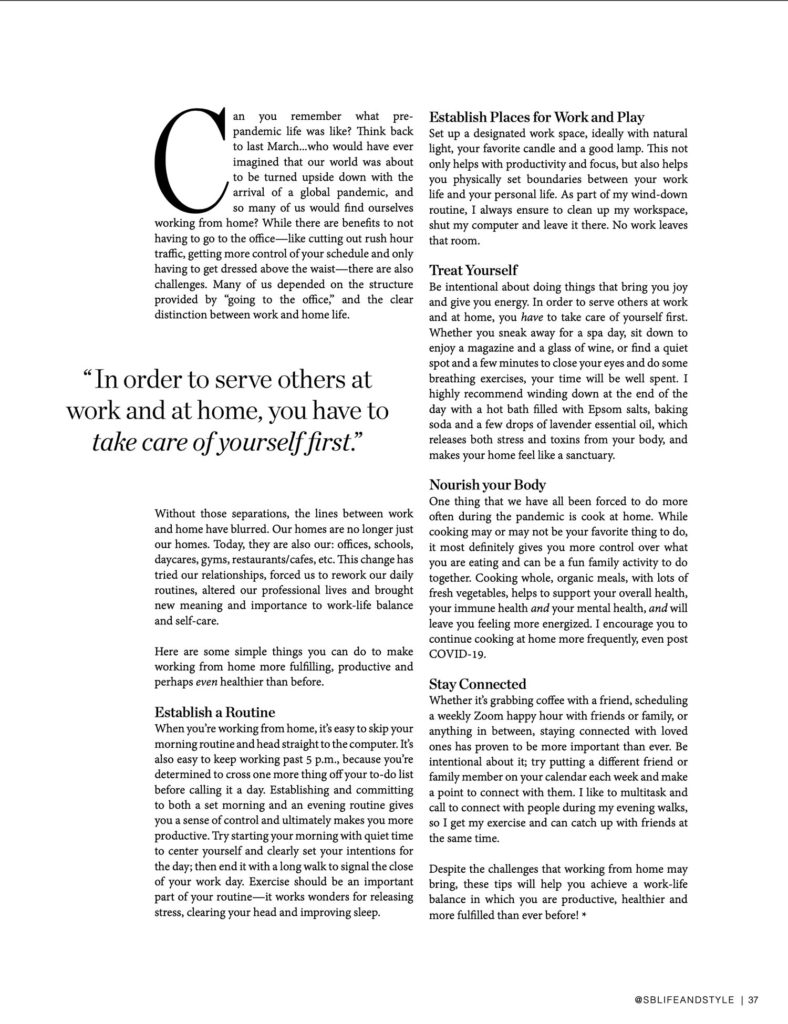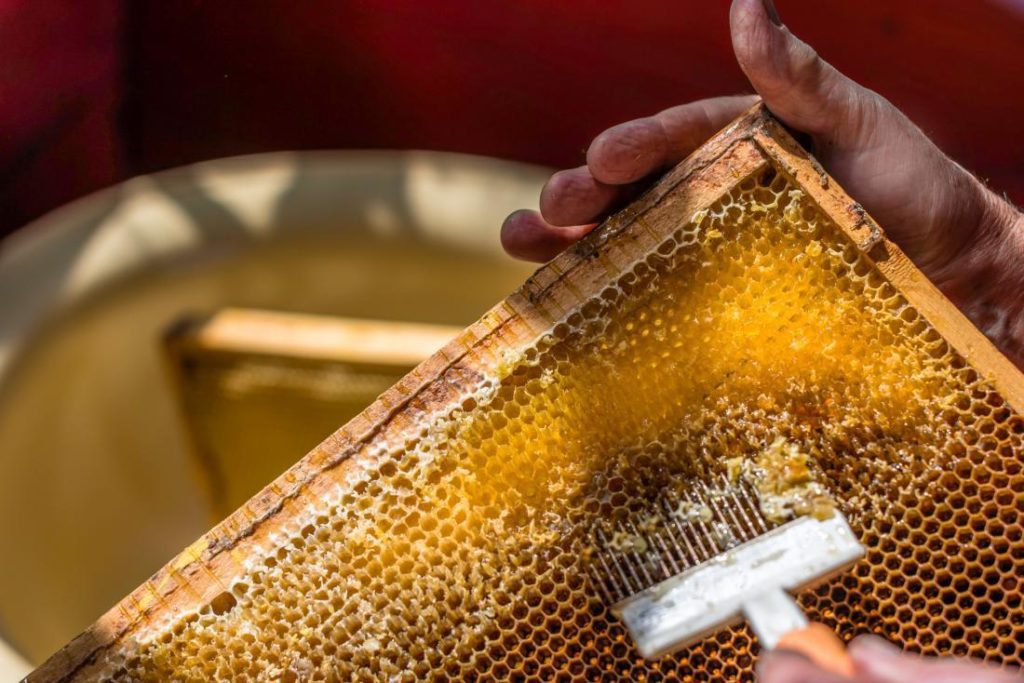
Why Live Vibrantly is for You!
Live Vibrantly revolutionizes the way you live!
Proven and time-tested foundations that transform how you think, achieve,
live, feel, plan, create, rest, grow, do business and impact other people
SO YOU CAN THRIVE!


Cal Newport has written a very digestible book called “Digital Minimalism”.
As you might expect, the book is about reducing the amount of time spent on digital devices. However, it is more than that. It explains very clearly why we should be spending less time staring at our cell phone screens and then gives concrete suggestions about how to achieve that goal.
He does this by dividing the book into two parts.
The first is what he calls “Foundations”. The second is “Practices”.
The first section, Foundations, explains why you should reduce your use of digital technology. Cal Newport is a professor of computer science at Georgetown University so he is well placed to comment on how people use technology.
This is not an anti-technology tirade. Instead, it is a well thought out treatise on why and how to use our technology in a way that truly enhances our lives.
Among the arguments he makes, he distinguishes between connection and communication. Communication is akin to conversation. He points out that when we trade text messages back and forth, we lose a lot of the intimacy that is gained from a face-to-face conversation.
Gone are the expressions and intonations we use as feedback in our old analog lives. He also points out that when we lose our ability to verbally express ourselves and receive immediate feedback, we also lose our ability to empathize.
Also, the number of young people suffering from various anxiety disorders has risen due to the rise of social media.
The practices section of the book explains how to reduce the use of our digital platforms. It is divided into four parts; Solitude, don’t click like, reclaim leisure, and join the attention resistance. Notice, once again, that he is not advocating the abolishment of the use of our cell phones and social media. He is promoting the intelligent use of them.
One interesting example is that of Abraham Lincoln who spent many solitary hours. Despite the many demands on his time and energy, Lincoln decided to spend nearly half his time in solitude when he could think. The book expands on this concept with modern writings and examples.
The essence of solitude is that it gives you time for unhurried self-reflection.
The next chapter tells us not to click “like” in social media. I doubt you would be surprised to hear that human beings are social animals. In fact, many of the activities spent using our digital services is to connect in some way to others.
Ironically, when we spend more time on social media receiving and giving likes to others, we are spending measurably less time conversing and meeting with others. In other words, too much time on social media makes us more anti-social. People become more socially isolated.
There is no great mystery here. We have all seen how some people seem consumed by social media. However, his argument is that most of us do not realize how much time we are spending surfing the net or seeing what’s new on our favorite social media site.
He then changes gear to talk about the importance of leisure and the types that he feels are truly beneficial. From my perspective, this is the best and most useful section of the book.
He shows how to minimize the use of technology and make it work. He has a couple of examples of how not to do it that resonated with me. For example, cold turkey makes it harder. Plan it out first.
He then talks about the types of activities, such as board games or learning new low-tech skills can help you become less dependent on technology.
He also talks about ways to make it more difficult to access technology such as the use of light phones or apps that block access to certain sites at prescribed times of the day.
You might find it ironic that I downloaded this book and have read it online. I have also used my Surface tablet to write this review.
I would also call myself a digital minimalist as I rarely surf the net or binge-watch Netflix. However, it explains very well why we can get stuck in a digital groove without even realizing it.
It also gave me insight into why I see others have fallen into the social media maze or haze. It also gave me a few ideas about how to reduce my social media usage even more. One of the best ideas is to develop a seasonal and weekly leisure calendar. It is best to be as specific as possible.
This book is less than 300 pages and filled with useful ideas and thoughts. I would recommend it to anyone. The stories about the people, some famous and others not, is worth it alone. You will probably read parts and think that you know that. However, most people will learn something important about themselves and the technology that surrounds us. You have more control than you think but you have to put your mind to it.
by Stephen Hamer
I mention this article in the December 14th, Monday Minute “Use Honey, Not Sugar”. This was orginally found on the Medical News Today site here.
People have used raw honey in traditional medicine for hundreds of years. This sweet, natural substance may contain healthful elements that processed honey does not have.
Honey provides a range of health benefits. Raw honey, which comes straight from the beehive, contains healthful bee pollen, bee propolis, and plenty of antioxidants.
Research has not confirmed that raw honey has more health benefits than regular honey, but some people believe that the processing and pasteurization that regular honey undergoes diminishes many of the beneficial elements. Some people believe that because of this, raw honey provides more health benefits than regular honey. In this article, we compare the health benefits of raw honey and regular honey.

Honey is a sweet, golden liquid made by honeybees. Honeybees store their honey in small, hexagonal cups called a honeycomb. Raw honey comes straight from the honeycomb.
Honey from the hive contains bee pollen, beeswax, and parts of dead bees. Honey manufacturers will usually pass raw honey through a filter to remove as many impurities as possible, but some generally remain. It is still safe to eat.
Unlike raw honey, regular honey undergoes a pasteurization process. This means manufacturers have heated it to kill yeast cells that can affect its taste, increase its shelf-life, and make it look more transparent and attractive. However, pasteurization may adversely affect the number of nutrients in the honey.
Some historical evidence estimates that humans have used honey for over 8,000 years. During ancient times, people would have used raw honey, but today, most people use pasteurized honey.
Honey naturally offers the following healthful properties:
antibacterial action
wound-healing effects
dietary antioxidants
anti-inflammatory effects
Raw honey also contains bee pollen and bee propolis, which is a sticky, glue-like substance bees use to hold their hive together. Regular honey may not contain the same levels of bee propolis and bee pollen as raw honey.
A 2017 review on honey and a 2015 review on bee pollen report that bee propolis and bee pollen can offer anti-inflammatory, antioxidant, antibacterial, and anticancer properties.
The following sections explore seven evidence-based health benefits of raw honey.
Researchers believe that some of the main health benefits from honey come from its antioxidant content.
Natural honey contains a range of compounds that act as antioxidants, including phytochemicals, flavonoids, and ascorbic acid.
Antioxidants reduce oxidative stress in the body by mopping up free radicals. Scientists have linked oxidative stress to a range of chronic health conditions, including many cancers. By eating an antioxidant-rich diet, people can reduce their risk of chronic disease.
Some people believe that pasteurization reduces the number of antioxidants in the honey, meaning that pasteurized honey may not offer the same benefits as raw honey.
There is no specific research into how pasteurization affects the antioxidants in honey, but studies show that heating other foods can reduce their antioxidant content.
Honey contains specific nutrients that can make it a healthful addition to the diet.
The exact nutrition and chemical composition of raw honey varies between different countries and environments and depends partly upon which types of flowers the bees gather their nectar from. Regardless of these factors, honey still contains healthful compounds, such as antioxidants, amino acids, and vitamins.
One tablespoon or 21 grams (g) of raw honey contains 64 calories and 16 g of sugar. These values may vary between brands and batches.
Natural honey naturally contains small amounts of the following vitamins and minerals:
Honey naturally contains sugar. A little more than half of the sugar in honey is fructose. Research has linked fructose to various health problems.
However, even with its fructose content, honey may be a healthier option than table sugar. Some research suggests that honey may offer a protective effect against diabetes and some types of honey may help improve cholesterol levels.
People who have diabetes or who are on sugar-restricted diets may choose to eat honey in moderation to avoid significant changes in their blood sugar levels. Pure honey has a glycemic index (GI) of 58, meaning it has a medium effect on blood sugar levels.
Sometimes in life it is the things we take for granted and assume are basic that can turn out to hold surprising benefits when examined in a new light. That is what I experienced in reading the new book by James Nestor: Breath. It is one of those books that is such a wonder to find. Where you ask yourself – why didn’t I know this? A book that once again reminds how fantastic is the human body and how simple practices can make a big difference in the quality of our life.
Let me share just one way (of many) that this book has changed my breathing and my life for the better. I never thought about how important it was to breathe through my nose rather than my mouth. Honestly, I kind of assumed, since childhood, that the mouth is for eating, talking, and breathing and that the nose was for smelling and ahh… also for breathing. So when it came to breathing there were given two choices: the nose for small breaths and the mouth for the big ones. Breath reminds us, pointedly, that the truth of the matter is that the nose (and not the mouth) is designed for breathing. The nose warms, humidifies, and filters air and the mouth does not. In fact, there are big health issues associated with mouth breathing, and so many of us mindlessly and habitually do it. This one chapter has changed the way I breathe. I now focus on breathing through my nose – even while exercising. And it is really better! Simple and profound and worth the price of the book, for sure. And there is much, much, more to discover in Breath. Check out the author page and get a copy through our Amazon affiliate link. You will breathe and live easier and better.
by Will Frye
Live Vibrantly participates in the Amazon Services LLC Associates Program, an affiliate advertising program designed to provide a means for sites to earn commissions by linking to Amazon. In more human terms, this means that whenever you buy a book on Amazon from a link on here, I receive a small percentage of its price.
Copyright © 2019 – [year] Live Vibrantly. All rights reserved.
site design and hosting by studio luminous